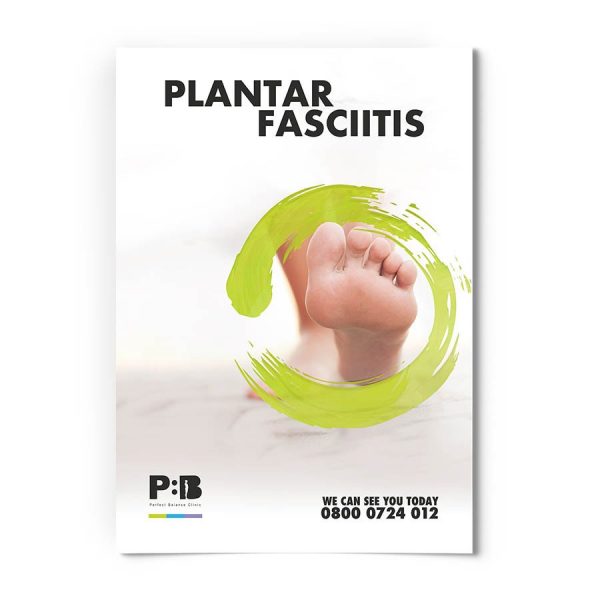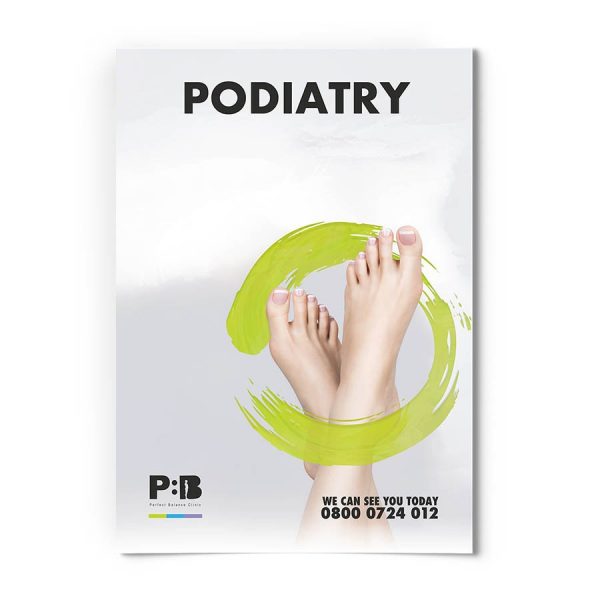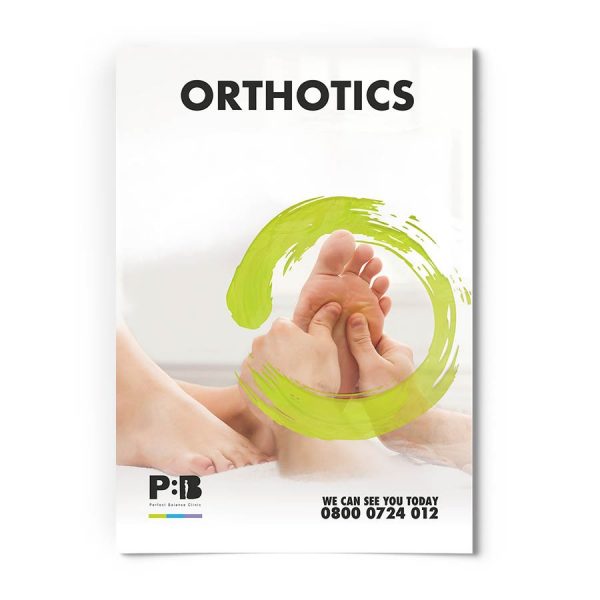Fallen Arches: What Are They?
This condition affects the posterior tendon’s ability to provide support, thus sometimes making it painful to walk or run for a longer period of time. The posterior tendon is the tendon located on the inside of the leg, connecting the muscles in the calf to the bones in the feet. Fallen arches can be a product of wear and tear, ageing, or asymptomatic of other health conditions such as diabetes and obesity.
Determining if You Have Flat Feet
Fallen arches may be determined through personal visual inspection or through examinations conducted with a healthcare professional. One will have to determine whether or not a foot overpronates. Overpronation occurs when arches in the feet fall flat to the ground as a person stands.
Another way to determine if you have fallen arches is the wet test. After wetting the feet, simply stand on a ground where footprints may be left behind. If the footprints show imprints of your foot’s inner portion, from the toes to the heel, then you might have fallen arches. Normal arches typically show a thin strip that connects the heel to the toes.
Fallen arches may also produce unusual wear patterns inside the shoes. Put the shoes on top of a solid surface, if it rocks from one side to the other, you may have flat feet.
Common Causes of Fallen Arches
Some people are never bothered by having flat feet. However, in some cases, people experience a great range of discomfort brought about by flat feet. Some of the most common causes of this condition are damaged or torn tendons, dislocated bones, ageing, pregnancy, rheumatoid arthritis, and nerve conditions. People with certain conditions such as diabetes, obesity, and high blood pressure are at higher risks of developing fallen arches as well.
Must You be Concerned with Fallen Arches?
Children generally have flat feet and develop arches as they grow old. When a child tries to tiptoe, a slight arch may be noticed. In children, the arches develop along with the growth of muscles, tendons, and ligaments.
However, some people never develop arches, probably because the condition is inborn or inherited, and they don’t experience pain when standing, walking or running.
Fallen arches become a real concern when there’s pain associated and limits a person’s walking and running abilities. Furthermore, fallen arches cause the body’s uneven weight distribution. A person with fallen arches suffers from misaligned weight distribution, resulting in pain and discomfort to the back, hips, knee as well as poor posture.
Furthermore, flat feet are symptoms of another health condition, such as arthritis, diabetes, high blood pressure, and obesity. Aside from addressing the foot condition, one must address overall health issues in general.
When you need and where to seek treatment
Not all people need treatment for fallen arches because some people are not really bothered by it. Some people do not experience pain and can stand, walk, and run normally. However, if a person is experiencing persistent pain in his feet, as well as pain in the knees, hips, and back, then it is recommended to see a healthcare professional right away.
Treatment for fallen arches depends on the severity and persistence of pain. Fallen arches may also be treated by homemade, therapeutic to invasive procedures.
Homemade treatments are ideal for pain that’s quite manageable and goes away after resting. The basic homemade treatments for fallen arches are ice packs pressed on the painful or swollen area three times a day for half an hour each application. The patient may also be advised to take a rest if pain and swelling of the feet are experienced due to heavy activities. Medications like non-steroidal anti-inflammatory drugs and corticosteroids may be prescribed to patients by a healthcare professional.
Another way to address fallen arches is through physical therapy and stretching exercise. A licensed therapist may aid the patient to do proper exercise that may strengthen and improve the foot’s flexibility and integrity. Alternatively, a podiatrist may suggest using orthopaedic supports to improve the balance and weight distribution.
However, if the pain persists after six months or more of homemade remedies and therapeutic treatments, invasive procedures may become necessary. These procedures may involve the removal or grafting, or altering the shape of the bones; cleaning of the covering tendons, or fusing the joints together.
Because the feet take in and balance the body weight, it is easy to see why a condition such as fallen arches can lead to pain and discomfort. Before the condition becomes worse, patients are advised to have their feet checked and follow the remedies prescribed by their healthcare providers. However, the best way to care for the feet is to care for the whole body, especially because fallen arches are symptomatic of other health conditions. Conservative treatments such as losing weight, wearing well-fitting footwear, proper foot stretching and exercises as well as consulting a physical therapist are better, less painful, and less expensive solution.
For more information about Fallen Arches
This article was written by our team of specialist therapists at Perfect Balance Clinic. If you would like more specific advice about how our team can help you with this condition or symptoms you may be having, please complete the contact form below and one of the team will get back to you shortly.








